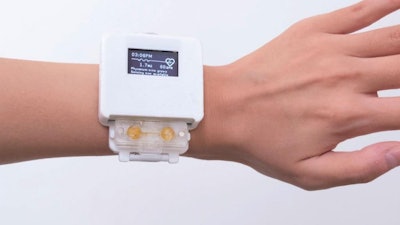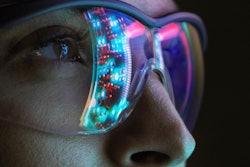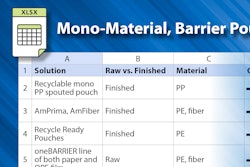
UChicago
Electronic waste, aka e-waste, refers to the disposal of used electronic devices. It is the fastest-growing category of waste, and currently generates about 40 million tons each year. According to a recent TechXplore article, researchers at University of Chicago are working to combat e-waste by literally bringing devices to life. Specifically, they are using “slime mold,” a single-cell organism that can conduct electricity, to power a smart watch. As long as the organism is healthy, the watch will work. But this requires the user to provide it with food and care, similar to a virtual pet.






















